 W
WThe Blockhaus d'Éperlecques is a Second World War bunker, now part of a museum, near Saint-Omer in the northern Pas-de-Calais département of France, and only some 14.4 kilometers north-northwest from the more developed La Coupole V-2 launch facility, in the same general area.
 W
WBrécourt was a Nazi Germany bunker in Équeurdreville-Hainneville near Cherbourg, in Manche of Normandy, northern France.
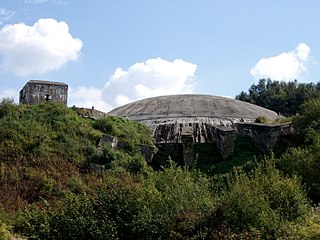 W
WLa Coupole, also known as the Coupole d'Helfaut-Wizernes and originally codenamed Bauvorhaben 21 or Schotterwerk Nordwest, is a Second World War bunker complex in the Pas-de-Calais department of northern France, about 5 kilometres (3.1 mi) from Saint-Omer, and some 14.4 kilometers south-southeast from the less developed Blockhaus d'Eperlecques V-2 launch installation in the same area. It was built by the forces of Nazi Germany between 1943 and 1944 to serve as a launch base for V-2 rockets directed against London and southern England, and is the earliest known precursor to modern underground missile silos still in existence.
 W
WLehesten is a town in the Thuringian Forest, 20 km southeast of Saalfeld.
 W
WThe Fortress of Mimoyecques is the modern name for a Second World War underground military complex built by the forces of Nazi Germany between 1943 and 1944. It was intended to house a battery of V-3 cannons aimed at London, 165 kilometres (103 mi) away. Originally codenamed Wiese ("Meadow") or Bauvorhaben 711, it is located in the commune of Landrethun-le-Nord in the Pas-de-Calais region of northern France, near the hamlet of Mimoyecques about 20 kilometres (12 mi) from Boulogne-sur-Mer. It was constructed by a mostly German workforce recruited from major engineering and mining concerns, augmented by prisoner-of-war slave labour.
 W
WMittelwerk was a German World War II factory built underground in the Kohnstein to avoid Allied bombing. It used slave labor from the Mittelbau-Dora concentration camp to produce V-2 ballistic missiles, V-1 flying bombs, and other weapons.
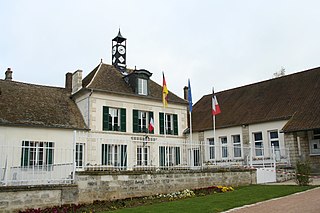 W
WNucourt is one of the communes of the Val-d'Oise department in the Île-de-France region of northern France. It is the location of limestone caves which were used as a World War II V-1 flying bomb storage depot.
 W
WThe Redl-Zipf V-2 rocket facility in central Austria between Vöcklabruck and Vöcklamarkt was for V-2 rocket motor testing after Raxwerke test equipment had been moved from Friedrichshafen. The facility tested V-2 combustion chambers' compatibility with turbopumps since the rocket did not have a controller for reducing the turbopumping of propellant into the chamber if pressure became too high. The World War II facility used forced labor of the Schlier-Redl-Zipf subcamp of the Mauthausen-Gusen concentration camp and included a liquid oxygen generation plant in a nearby tunnel. After an August 1944 explosion at the liquid oxygen plant stopped Schlier production, the third V-2 liquid oxygen plant was built at a slate quarry at Lehesten near the Mittelwerk. Karl Heimberg, who had worked at Peenemünde Test Stand 7, was transferred to "Vorwerk Sued" at Redl-Zipf and then, for the period from late 1944-early April 1945, to Lehesten
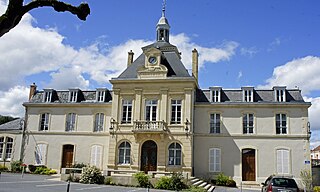 W
WRilly-la-Montagne is one of the Communes of the Marne department in north-eastern France. The railway tunnel in the area was used as a World War II V-1 flying bomb storage depot.
 W
WSaint-Leu-d'Esserent is a commune in the Oise department in northern France.
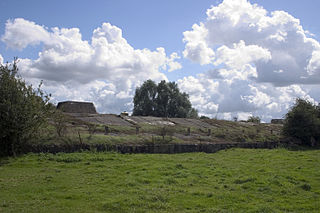 W
WThe Siracourt V-1 bunker is a Second World War bunker built in 1943–44 by the forces of Nazi Germany at Siracourt, a commune in the Pas-de-Calais department in the Nord-Pas-de-Calais region of France. Codenamed Wasserwerk St. Pol, it was intended for use as a bomb-proof storage facility and launch site for V-1 flying bombs. However it never went into operation due to intensive Allied bombing that made it the most heavily attacked of all the German V-weapon sites, and also of all military targets in Europe during World War II.
 W
WSottevast is a commune in Normandy in north-western France.
 W
WSottevast was a Second World War bunker complex for launching V2-weapons in Sottevast near Cherbourg, in Normandy, France. It was built, under the codename Reservelager West, by the forces of Nazi Germany between 1943 and 1944 to serve as a launch base for V-2 rockets directed against southern England.
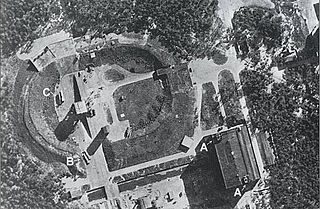 W
WTest Stand VII was the principal V-2 rocket testing facility at Peenemünde Airfield and was capable of static firing of rocket motors up to 200 tons thrust. Notable events at the site include the first successful V-2 launch on 3 October 1942, visits by German military leaders, and Allied reconnaissance overflights and bombing.
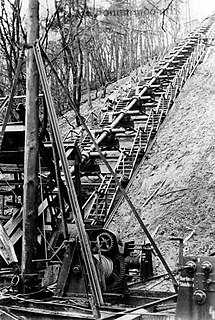 W
WThe V-3 was a German World War II large-caliber gun working on the multi-charge principle whereby secondary propellant charges are fired to add velocity to a projectile.